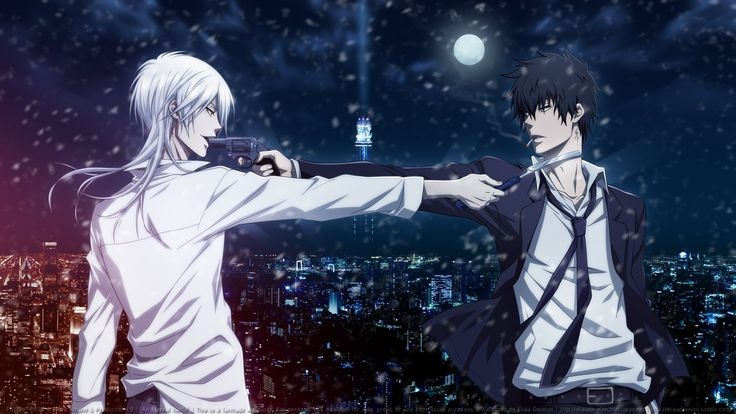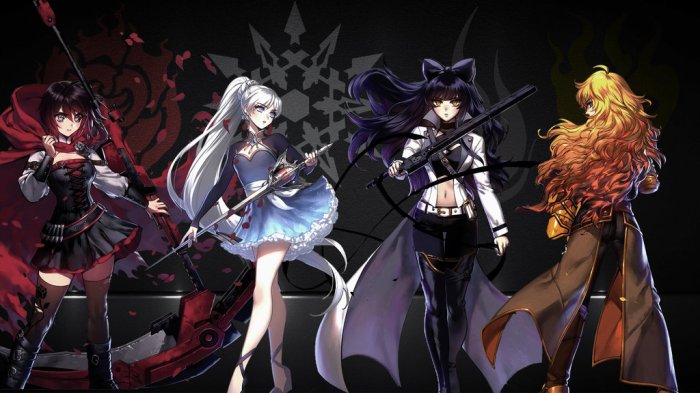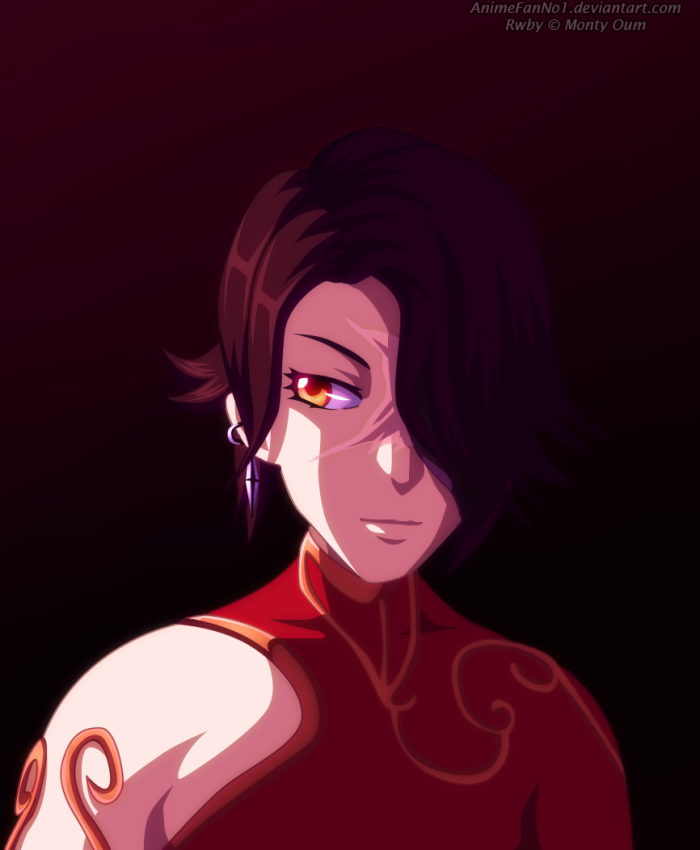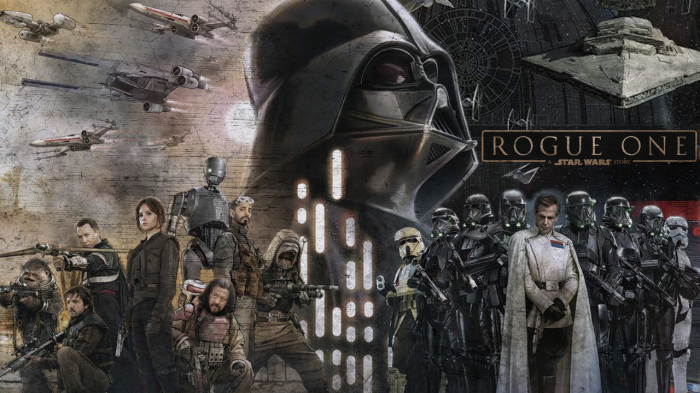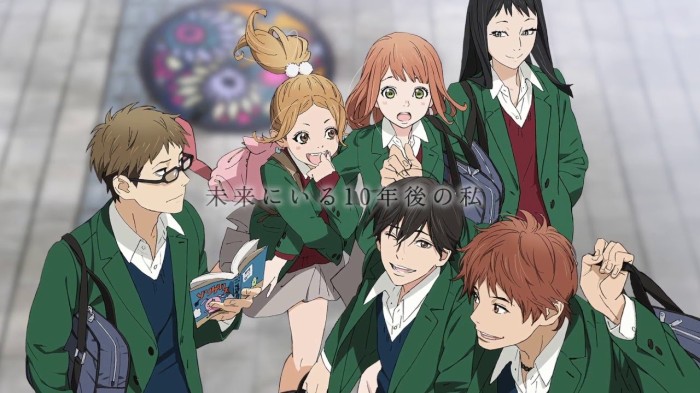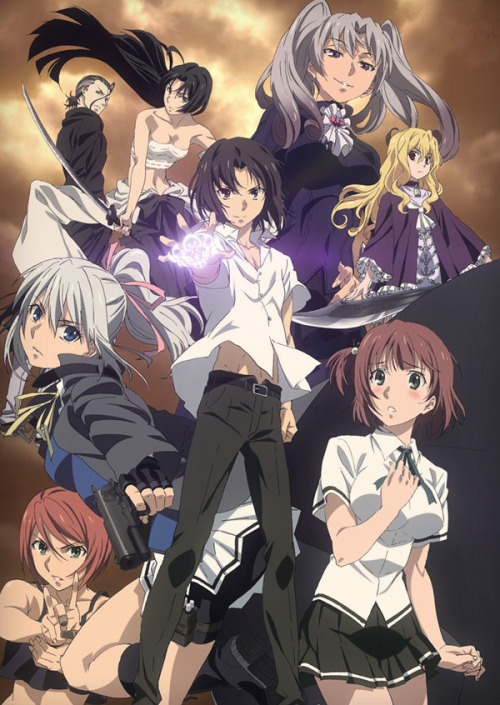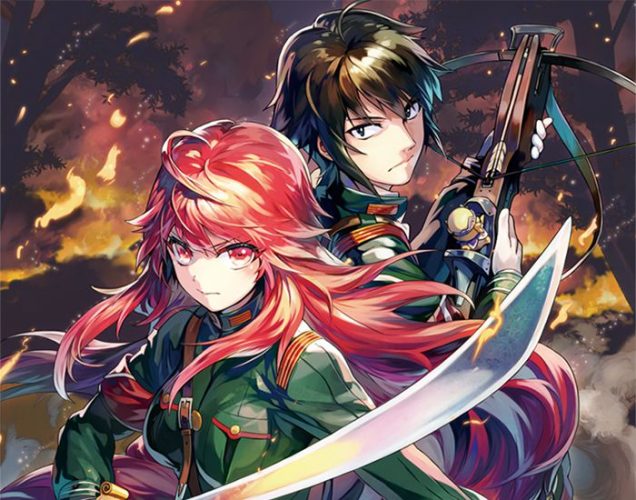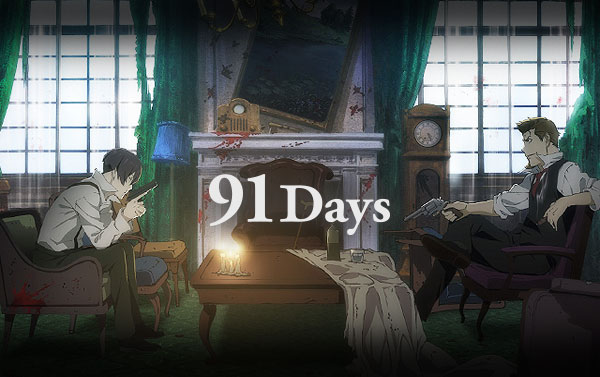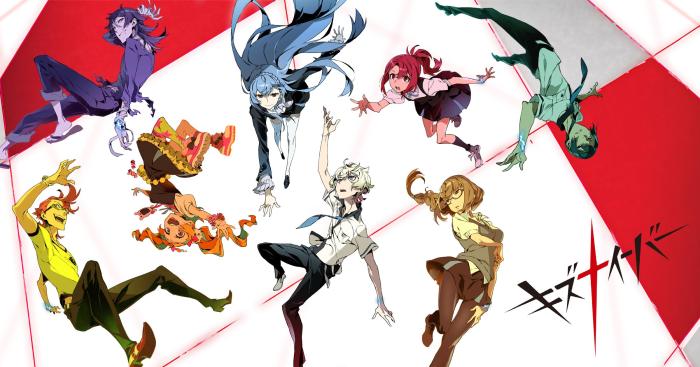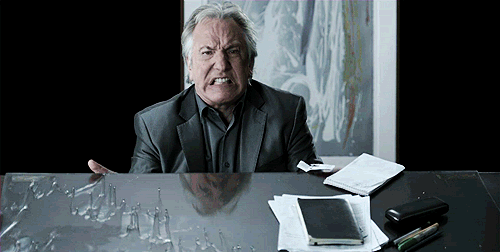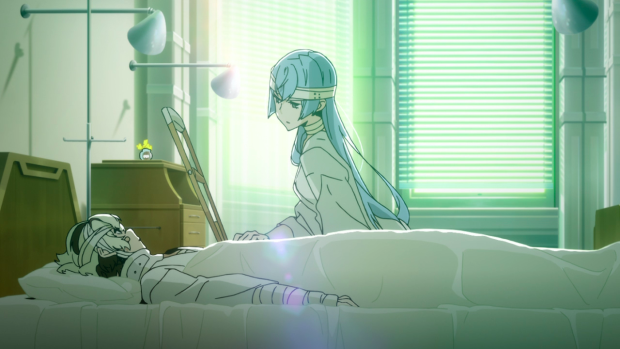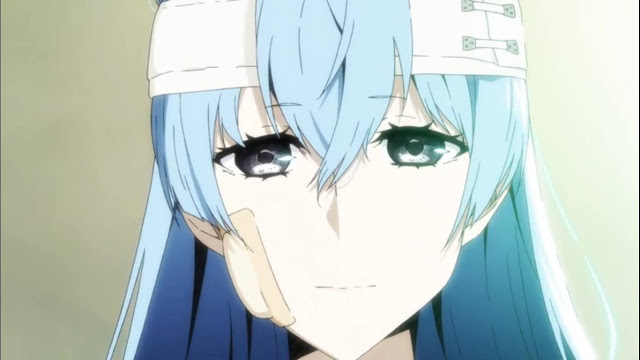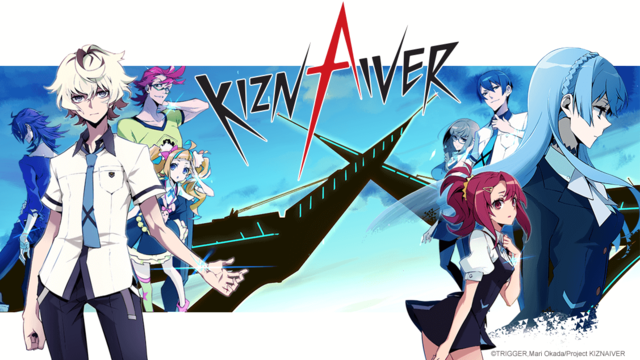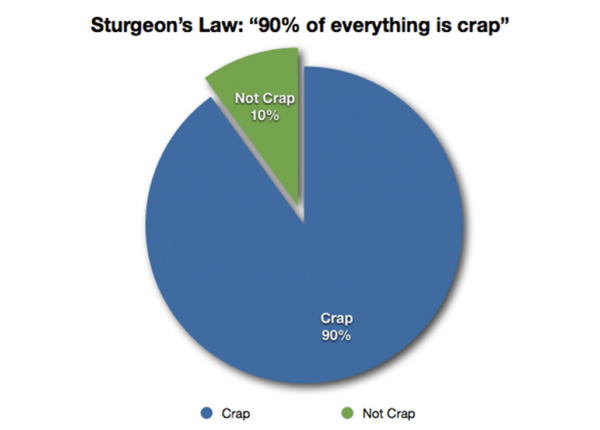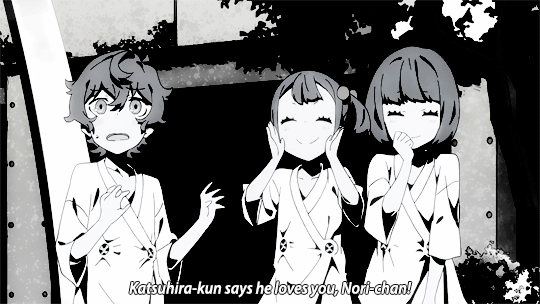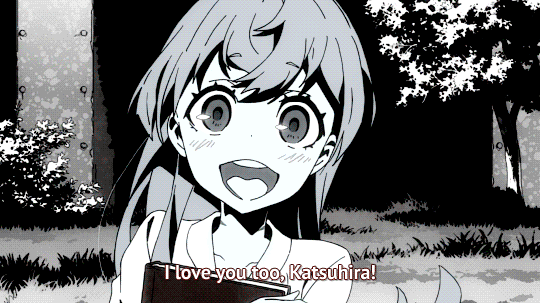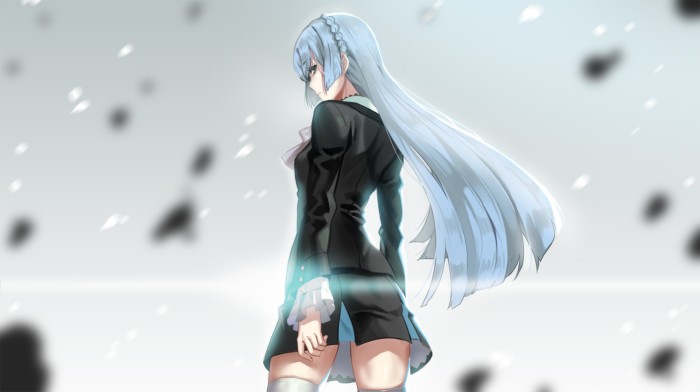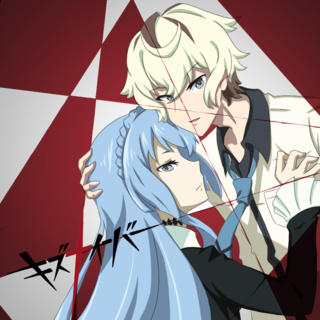I know what you are thinking, Psycho-Pass and Christianity? Artistic Satanism? Morality? Is this guy for real? Or has Oscar, finally gone off the deep end? Is he trolling? What is this?
Fortunately, for everyone, I have not gone bonkers, todavia no se me ha ido la olla, other such expressions, etc. Neither am I trolling—I think. I am, possibly, being serious.
No, ladies and gentlemen, brothers and sisters, comrades and friends, fellow primates; I only wish to present to you my theory that Psycho-Pass is a radical interpretation of the Judeo-Christianity myth through the lens of artistic Satanism. I do not know if anyone else has thought of this but as far as I know it is an original idea and I can claim it as my own.
First, a clarification is in order. Artistic Satanism has nothing to do with traditional medieval or modern day Satanism, in other words, no devil worship or evil behavior and rituals are involved. It is, rather, an intellectual tradition that goes to back to the Age of Enlightenment and extends even to our own day.
The point of departure for this lofty tradition is found in John Milton’s stunning and awe-inspiring Paradise Lost in which the great poet re-imagined Satan as a more sympathetic and, in a manner of speaking, “human” character, as opposed to the purely evil caricature found in older Christian tales and in Christian theology.
That Milton himself did not intend to do this is, at bottom, irrelevant—as William Blake famously said, Milton was of the Devil’s Party without knowing it.
Later readers, like Blake and Byron, reinterpreted Paradise Lost as a work with a “Promethean” theme and message. In this reading, God is seen as an evil tyrant—a view supported by the Bible and Milton’s epic—and Satan as a flawed hero. This vision was then elaborated further by other artists and intellectuals for whom Satan became a symbol of political and cultural liberty and artistic creativity.
This perspective can be found in Nietzsche’s works (BG&E, Twilight of the Idols, and so on and so on) and—in our own day and in a more popular frame of reference—in songs like Metallica’s “The Four Horsemen” in which the lyrics are written from the point of view of someone who fights against the agents of the apocalypse—agents of God now viewed as evil and enemies of mankind.
A revaluation of values, then, is the imperative in this tradition.
So much for artistic Satanism, but where does this leave us with regards to Psycho-Pass?
If one pays attention to Psycho-Pass one will notice that religion is completely missing from the show—just like in Orwell’s 1984.
This is because, as in the aforementioned novel, the criticism of totalitarianism here is absolute and thus encompasses the criticism of religion—the first and ultimate expression of totalitarianism.
The absence of religion is also necessitated by the internal logic of the show. The Sibyl System is, first and foremost, a method of population control. Religions are, likewise, systems of control, but the Sibyl System cannot afford to have competitors—just like any real totalitarian system.
These are, then, the first two clues to understand the true thematic spirit of the show. The most innovative and distinctive aspect of Abrahamic religion, as Nietzsche noted, is that it did not merely set up one god as the most important one, as the primus inter pares, but as the only real god while all other gods were either denied any reality or conceived as evil divinities—it is God who invents the Devil.
Similarly, the Sibyl System declares itself the only legitimate form of government and denounces all others as flawed forms which lead to chaos.
Furthermore, the more one compares God and the Sibyl System the more similarities one is bound to find. Heaven’s awful monarch views all disobedience, even the smallest deviation from its imperious decrees, as immoral. This is also the case with the Sibyl System.
Sibyl and Milton’s God issue diktats which are impossible for humans to obey. In spite of their knowledge that free will is a fiction, and that all actions and thoughts are determined or even predetermined, they penalize those who disobey as if they had freely chosen to rebel.
Like true totalitarians, they punish people for thought crimes and “felt” crimes: feeling the wrong emotions is subject to penalization. Breaking the laws is unnecessary, the mere thought or impulse to do so is sufficient to result in a verdict of guilt. To be accused is to be guilty; innocence is not a possible verdict in their jurisprudence.
Consider, for instance, Ginoza’s struggle to keep his psycho-pass coefficient within acceptable levels.
The effort he invests in this is an expression of his fear and loyalty towards Sibyl—the two exact sentiments that God and totalitarian tyrants demand—but also of his fear of, and contempt for, those who failed to follow Sibyl’s principal injunction (itself a parallel of God’s order to keep one’s purity) like his father or his former friend Kogami.
The drill is actually a trap, as the exercise is guaranteed to increase the levels of anxiety of the person practicing it, which will manifest itself as a higher coefficient figure, landing the faithful in a vicious circle from which the only escape is falling: precisely the outcome that befalls to Nobuchika.
This is the obvious and intended consequence as it ensures the increase of “criminal elements” which can be paraded and displayed to others as a warning of what happens to those who disobey, thus encouraging and enforcing stricter and more complete submission to Sibyl.
Additionally, it must be pointed out that Sibyl, like Yahweh/Allah, does not abide by the legal and moral code it imposes on others. Yahweh, in the Bible acts like a psychopath, Sibyl is composed of a collective of psychopaths. And, finally, just like God the Sibyl System assumes a “human” form—actually a robot with synthetic skin—in order to communicate with its human vassals. Here, Chief Kasei takes the place of Christ and the prophets.
Into this toxic environment steps Shogo Makishima, the satanic figure of the series.
Like Satan with relation to God, Makishima shares the same nature as the Sibyl system, he is psychopathic. Unlike Sibyl, and God, and very much like the Miltonian Satan, Makishima the great shows no desire to become a tyrant and thus rejects Sibyl and plots its destruction.
And we should remember the most salient traits of Makishima’s personality, he’s rational, intellectual, and has a fondness for art and culture. Not to mention that his fine white hair and the clear color of his dazzling eyes, also allude to Satan’s first name in Judeo-Christian myth: Lucifer, meaning “shining star.”

As is the case with Milton’s Satan, some of Makishima’s actions are morally questionable at best, but his in-roads into immorality only serve to highlight the “benign” dictator’s greater evil given how Sibyl, like Milton’s God, permits and even wishes for these acts of evil to take place in order to fulfill its plans: the acquisition of a new brain for the collective, in Sibyl’s case, and the chance to offer “Redemption” in God’s case.
With regards to both—this should almost go without saying—the purpose of the exercise is done ad majorem dei gloriam (or ad majorem Sibyl gloriam) rather than necessity. The “Redemption” only becomes necessary, and something worth receiving in light of the “Fall” caused by God through Satan, while Sibyl does not require Makishima’s brain to function. Caprice and greed are at work here, not benevolence.
As in the struggle between Good and Evil, the artists’ Satan and God, the interaction of these two rivals with humanity at large is the crucial element and what resolves what would otherwise be an eternal battle. In Psycho-Pass, the inhabitants and citizens of Japan take the place of humanity both before and after the Fall and the expulsion from the Garden of Eden, and various characters possess and share the traits of Adam, Lilith, Eve, Cain, Abel, and Seth.
Makishima promises knowledge of the truth, a decision to follow one’s own moral imperatives. His gift is the forbidden Apple. His counsel to his fellow countrymen is to use their reasoning abilities. He speaks in one voice with Byron’s Satan in Cain:
Think and endure,—and form an inner world
In your bossom—where the outward fails;
So shall you nearer be the spirtual
Nature, and war triumphant with your own.”
There is an old Soviet Joke about a Russian in art gallery viewing a painting of Adam and Eve in the Garden of Eden and when questioned, as a joke, about which nationality he would assign them, he replies—quite seriously—that they must be Soviet citizens. They find themselves with no clothes, no shelter, forbidden from consuming luxury goods, and they are told that this is paradise.
The situation that Makishima finds in Japan is in essence quite similar. While material wealth is obviously abundant, the inner life of man has been fundamentally debased by the Sibyl System. All art that does not conform to its standards and which can cause anxiety, which means all genuine art, is forbidden and only those whose work in music, literature, and the visual arts poses no threat to emotional stability.
Human relationships have taken two dichotomous routes, either the road of superficial attachment—represented by most people—or the route of exploitation: the basis of the relationship between the enforcers and the investigators. Alienation has become the norm and it is so complete that people are incapable of acting as moral agents—to the point that they cannot comprehend, let alone prevent, a blatant act of murder committed in the middle of a crowded street. The essentially the life that God had planned for Humans had the “Fall” not occurred.
What Makishima promises is not salvation, let alone paradise—the promise of the Sibyl System for the pure and chosen few—but simply, “an ordinary life for ordinary people.” The life he offers is a life of trial, of suffering, but it is a human life and a fulfilling one.
While fighting his battle against Sibyl, Makishima comes across the opportunity to test the subjects of the system that have taken up the task of enforcing compliance to its edicts, and reveal the true face of their ruler. Satan is, after all, known as a tempter and seducer. And it is his interactions with, and the effects of his actions on, Kogami, Tsunemori, and Kagari which serve to bring out this conflict between good and evil, and each has the chance to personify Adam and Eve, Cain and Abel.
Kogami is, as we know, the first to be tempted by his confrontations with Makishima.
And his path, of guilty rebellion—in the manner of Adam and Even—followed by open rebellion, the way of Cain, is foreordained by his inner impulses, modified by the environment which surrounds him, to what he perceives as a threat. Kogami, contrary to what some people might believe, does not become a criminal when he openly rebels against Sibyl and takes it upon himself to kill Makishima.
He falls from grace the second he decides to continue the investigation on the Makishima case which occurs prior to the beginning of the series. That is when he commits the unforgivable crimethink. The moment he takes that resolution is the moment that he takes it upon himself to decide what is right and wrong, when he discovers knowledge of good and evil. His choice to then take justice into his own hands is merely the consequence of that first act of disobedience.
Thus we can see that in seizing the right to determine his own moral values, to redefine his ethical concepts, Kogami reflects Eve’s rebellion against God’s Law. When he claims the power over life and death, wresting the monopoly of ultimate violence from Sibyl, he acts in the spirit of Cain, which necessitates his expulsion from the protection of the divine and, like Cain, Kogami is forced to go underground.
Part of the irony of the show lies in the fact that while Kogami does exact vengeance upon Makishima, in the guise of “justice,” showcasing his evolution from a mind-slave to an independent agent, this development was only made possible by the actions of the man Kogami hates the most. In the end, Makishima, by liberating Kogami, emerges victorious in their struggle.
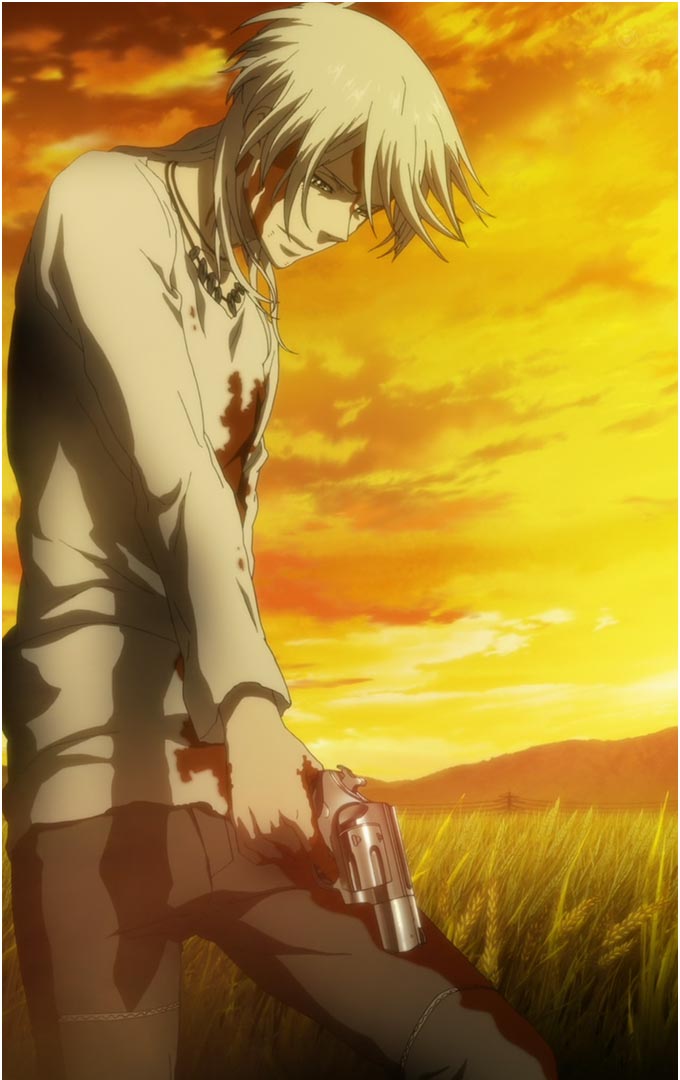
Tsunemori faces the same challenges as Kogami, but her innermost personality, reacts to them in crucially different way.
In her own way, Tsunemori acquires the forbidden knowledge of good and evil but, contrary to Kogami, she rejects her own moral valuations and submits herself even more determinedly to the arbitrary rule of heaven. It is worth pointing out that Tsunemori only becomes a moral agent as a consequence of the actions of others—like Adam in the Bible who follows Eve into sin, but does not sin of his own will and due to his own inclinations.
Finally, and to clarify what exactly gaining “knowledge of good and evil” means within the story, I will turn to a key plot development of the show.
Shusei Kagari, it will be freely conceded, is only a minor character and exists mainly as a plot device—to provide the audience with a glimpse of the true nature of the Sibyl dictatorship. Nevertheless, he is essential to illustrate how the metaphor of gaining God’s forbidden knowledge is represented in the show.
Kagari is, like Milton, secretly of the Devil’s party. He hates and despises the Sibyl System and his repression of this resentment is not exceedingly successful. Of all the enforcers we see he is one who, by instinct, is the most disposed to rebel—in this we also see traces of Satan, Cain, and Eve.
However, he still acquiesces to the judgments of the Sibyl System. He remains, at bottom, one of the faithful and believes in the judgments made by the System because he considers the moral deliberations and verdicts of Sibyl to be beyond his ability to comprehend, let alone emulate, since he is under the impression that it is an impartial program that makes these decisions.
And yet, when he finally sees the true face of the system he realizes that the understanding of morality was always within his reach because Sibyl is in essence the product of human reasoning and thus, inherently flawed and not essentially superior to the thoughts of other humans. Like Adam and Even in the Garden, like Cain outside the Garden, he has become as a god.
It is only logical, and the inescapable outcome of this revelation and completely in line with the text and spirit of the Genesis story, that he should be sentenced to death.
Conclusion and TL;DR: Thus we can see that it is clear that in Psycho-Pass, with the combination of the intellectual and artistic Makishima, the totalitarian Sibyl System, and the development of the characters, we see a strain of the intellectual tradition of artistic satanism in our own day and in the anime medium.
So, what do you guys think?












